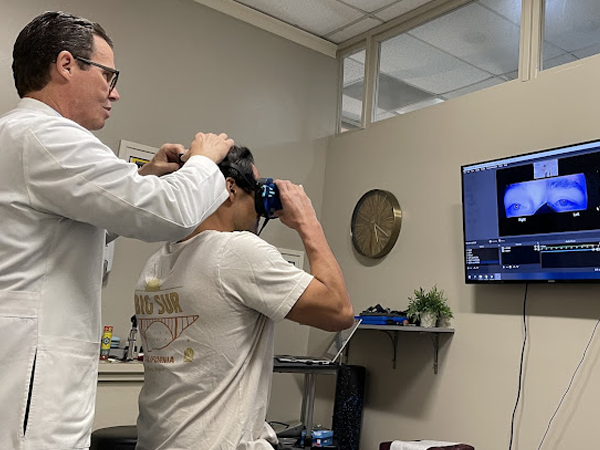
Chronic migraines are a prevalent condition that impacts a large population worldwide. It is the third most common health condition worldwide. In the U.S., about 39 million Americans deal with migraines, accounting for around 12 million emergency room visits.
The reason for the many emergency room visits is the severity of the symptoms. The condition usually causes head pain and other neurological symptoms, making it difficult to do anything else.
What Are Migraines?
Migraines usually start as a throbbing pain on one side of the head. It can come with other symptoms like nausea and dizziness. Characterized as a moderate to severe headache, a migraine will also cause increased sensitivity to sound and light. Migraines usually start in early adulthood and affect more women than men, from one in five to one in fifteen.
Types of Migraines
Throbbing head pain is common in all migraines, but the other symptoms surrounding them may differ. Here are the most prevalent types of migraines:
Aura migraines: These migraines are preceded by flashing lights and or other warning signs before the head pain kicks in
Non-aura migraines: These are the most common type of migraine, and they often have no warning signs
The silent migraine: These migraines may present the symptoms of an aura migraine or a non-aura migraine, but the head pain does not come to fruition
How Often Do Migraines Occur?
There is no common frequency for migraines. Different people experience them in different frequencies. Some even have them once every few years. The severity of the migraines also differs among people.
Some can go on as usual, while others need to spend days in bed. While migraines can worsen with age, they may also get less severe. Many people have their first migraine when they turn twelve and have to deal with them onwards.
What Causes Migraines?
The exact cause of migraines is still unknown, but many researchers associate migraines with alterations in brain activity. Changes in brain activity will usually take place long before the migraine occurs. The leading causes come down to four:
Hormonal imbalances
Metabolic issues
Musculoskeletal issues in the neck
Incorrect nervous system function
These are the main reasons for functional neurology to be effective in treating migraines.
What Is Functional Neurology?
Functional neurology is a branch of chiropractic care that utilizes neurological knowledge and disciplines to improve human function. It usually works through visual, vestibular, and proprioceptive rehabilitation. It also works by evaluating neuropathways and how your brain works. Functional neurology impacts how your nervous system works through noninvasive techniques.
How Does Functional Neurology Treat Migraines?
A functional neurologist first runs several tests to diagnose your migraine's cause. It could be one of the causes, several combinations, or all four simultaneously. The doctor will then design a treatment that helps restore the affected neuropathways and systems.
The treatments will usually include nutrition plans to improve overall health. They may use eye movement therapy, brain stimulation, natural hormone therapy, and other strategies.
For more on treating chronic migraines with functional neurology, visit Bagnell Brain Center at our office in Pinecrest, Florida. Call (305) 889-7488 to book an appointment today.






